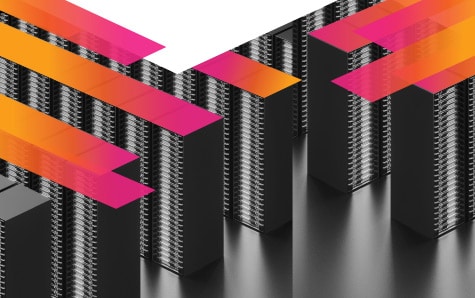Microsoft Sentinel is priced based on data ingestion, with many potential areas of confusion around storage, archiving, restoration and searching, leading to surprise costs. Microsoft E5 customers may receive a daily data grant, but it is limited to specific sources.
We now have visibility into all of our tools and resources.... That information raises security consciousness and informs the actions we take across the business.







